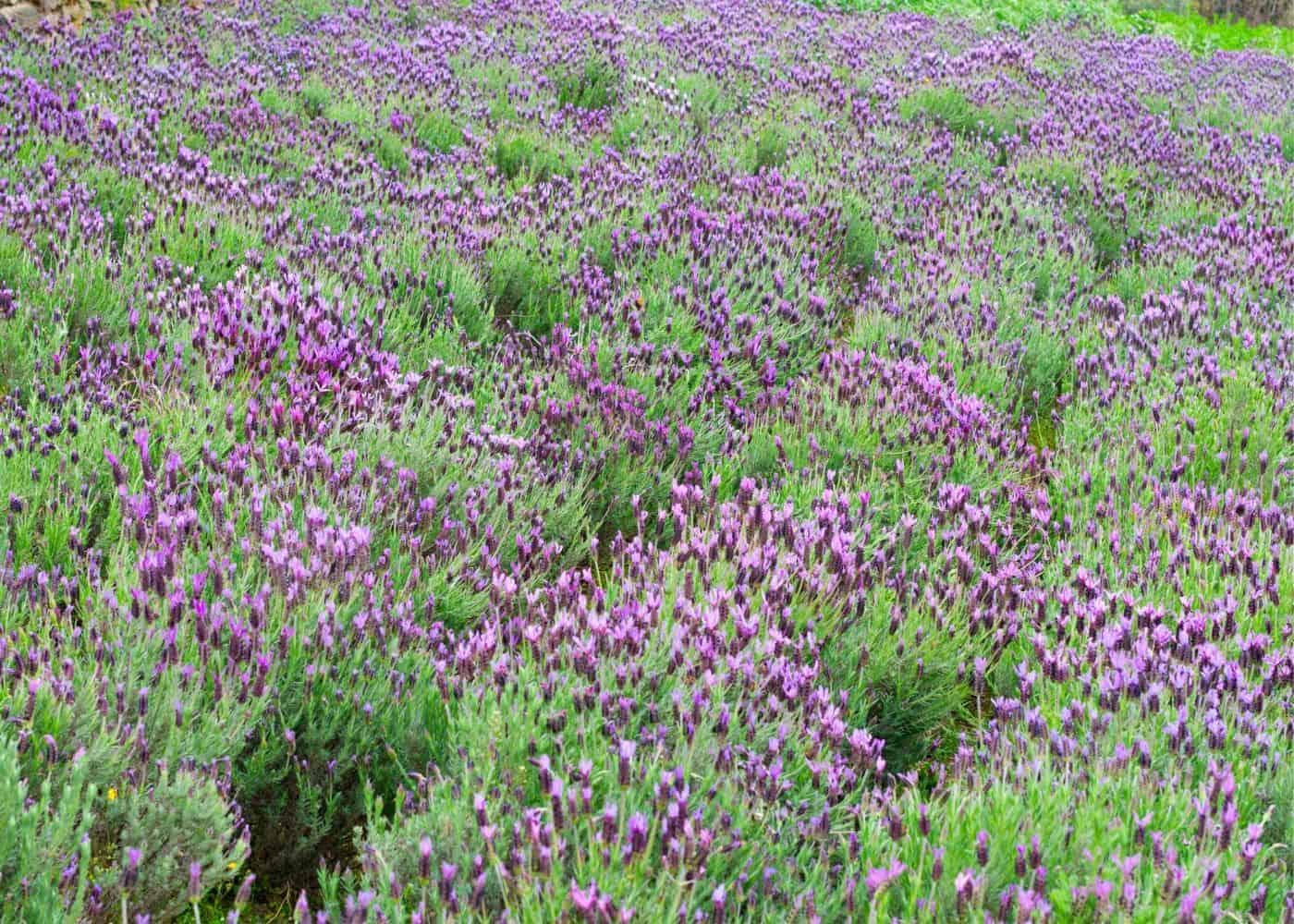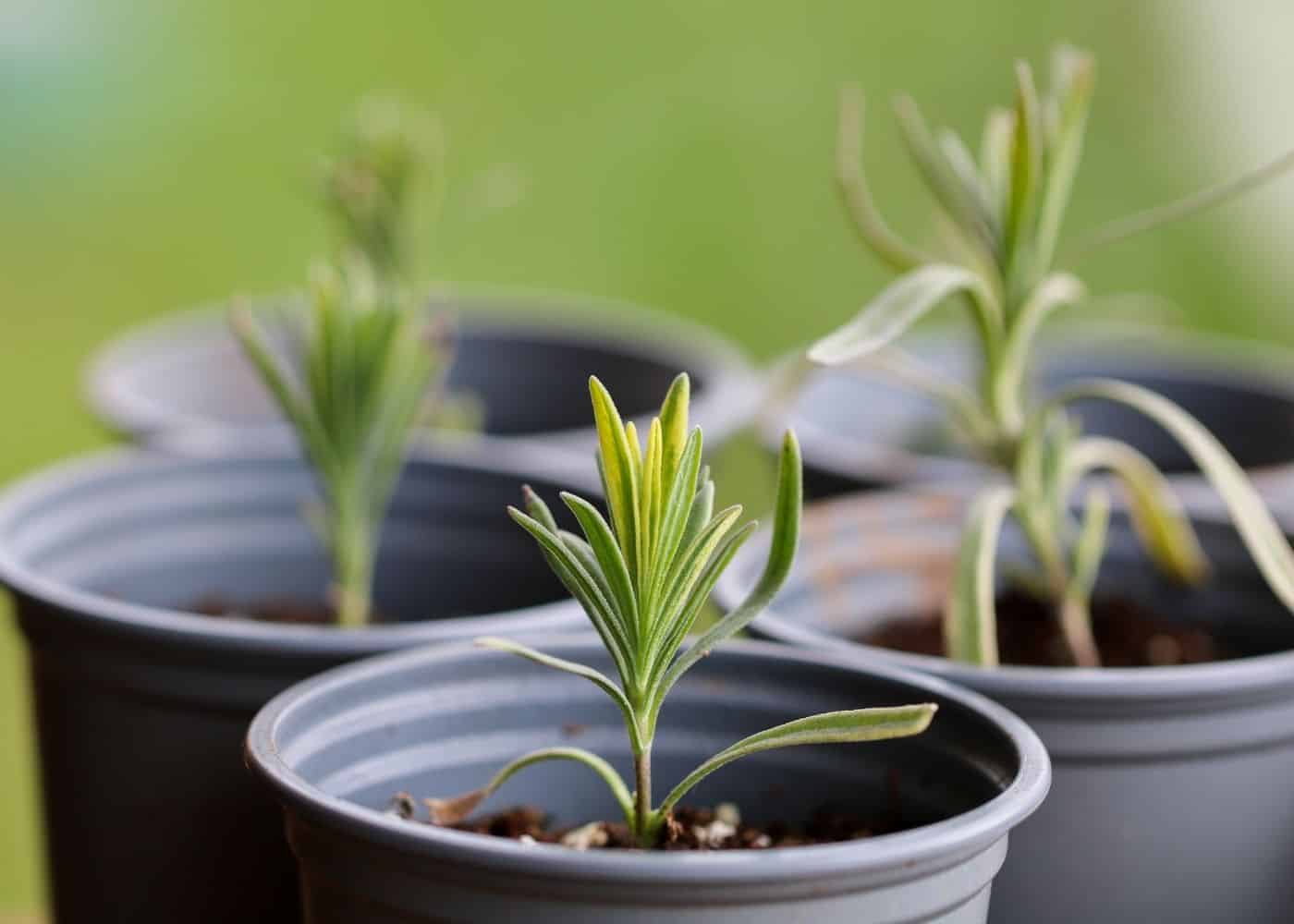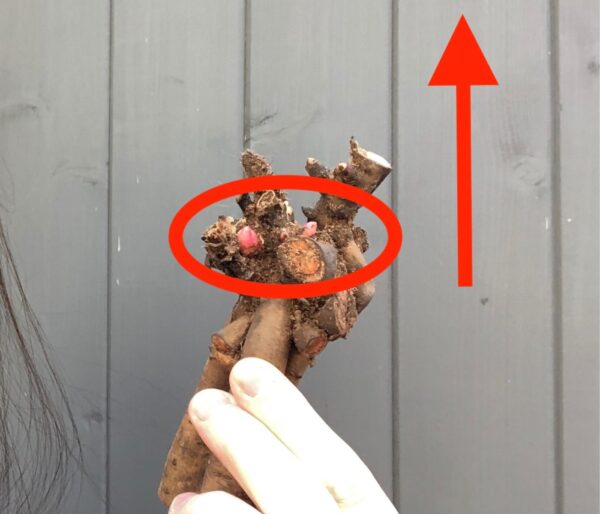Spanish lavender (Lavandula stoechas) is a small flowering plant known for its beautiful purple flower blooms with elegant bracts resembling “rabbit ears.” Spanish lavender grows well in warm climates with hot, dry summers. This type of lavender can also be used for essential oil production and as a stunning cut flower in bouquets and floral arrangements.
Spanish lavender basics
Spanish lavender (Lavandula stoechas) is a flowering subshrub native to the Mediterranean. Spanish lavender is known for its petal-topped flowers (often called “rabbit’s ears”), strong scent, and historic use in lavender oil production, ancient Greek medicine, and in the Four Thieves Vinegar of the Middle Ages. Spanish Lavender is native to the Mediterranean region, including Spain, Portugal, Turkey, and North Africa.
“This flower grows petals at the top of the flowering buds. Similar to French lavender, these flowers are not used for culinary purposes, and the fragrance is somewhat “medicinal” to many.”
Lavender: Growing & Using Lavender for Fragrance, Mood & Body Care, by Jessie Hawkins
Spanish lavender plants tend to grow taller than most other types of lavender, commonly growing to over 3 feet tall. Most Spanish lavender plants in cultivation are either Lavandula stoechas subsp. stoechas or Lavandula stoechas subsp. pedunculata as these types are more compact and suitable for the garden than wild subspecies. The gray-green leaves are ornamental in the off-season while the plant is not flowering. Spanish Lavender is also the most commonly used type of lavender for making lavender tree topiaries.
Spanish Lavender is a favorite of beneficial garden pollinators, including bees and butterflies. In warm regions of the USA, even hummingbirds are drawn to the attractive purple bracts atop the dark purple flowers. A mass planting of Spanish Lavender will attract these lovely garden visitors year after year!
Spanish lavender vs. French lavender
Spanish lavender (Lavandula stoechas) is sometimes referred to as French lavender but is different from the plant most gardeners refer to as French lavender (Lavandula dentata). French lavender (Lavandula dentata) was once considered to be a subspecies of Spanish lavender (Lavandula stoechas) but the two are now placed in separate botanical sections. Spanish lavender tends to have a stronger scent, while French lavender tends to have a longer bloom period.
While French lavender is not the same as Spanish lavender, Spanish lavender does retain many connections to the country of France. Lavandula stoechas is named after the Stoechades Islands (Îles d’Hyères) off the south of France. Spanish lavender grows wild across the Mediterranean region. Other common names for Spanish lavender (Lavandula stoechas) include topped lavender, butterfly lavender, and Italian lavender.
Spanish lavender vs. English lavender
Spanish lavender (Lavandula stoechas) is a different botanical species than English lavender (Lavandula angustifolia). While both types were once used for distilling essential oil, most high-quality lavender oil is now made from English lavender. English lavender is also the preferred variety for specialty foods such as French lavender honey. Spanish lavender is now grown mainly as an ornamental plant due to its beautiful “bunny ears” petals at the top of each flower spike.
“French lavender honeys can be easily authenticated from L. stoechas samples or various other origins, thanks to their high content in linear aldehydes, linear alcohols, and phenylacetaldehyde.”
Floral quality and discrimination of Lavandula stoechas, Lavandula angustifolia, and Lavandula angustifolialatifolia honeys, by Guyot-Declerck et al., Universite´ catholique de Louvain,

Spanish lavender varieties
There are many excellent varieties of lavender available. Here are some of the most popular varieties of Spanish lavender to grow:
- Anouk Dark Purple lavender
- Otto Quast lavender
- Ballerina lavender
- Blueberry Ruffles lavender
- Fairy Wings lavender
- Van Gogh lavender
- Regal Splendor lavender
- Sancho Panza lavender
- Plum lavender
- Tickled Pink lavender
- Wine lavender
Most commercially available varieties (cultivars) are cross-pollinated stoechas hybrids, as cultivars of this type readily hybridize with each other. The availability of specific cultivars tends to vary regionally.

Spanish lavender plant care
Spanish lavender is a Mediterranean subshrub that thrives in warm climates, sunny locations, and well-drained soil. These plants are tolerant of different soil types and tend to grow best where winters/springs are wet but summers are relatively dry. Most varieties of Spanish lavender grow best in Zones 8-9.
“The two basic requirements for successful lavender growing are full sun and good drainage.”
Lavender: The Grower’s Guide, by Virginia McNaughton
Sunlight requirements for Spanish lavender
Spanish lavender grows best in a full-sun location that receives at least 6-8 hours of sunlight per day. Lavender does not thrive in shady areas and requires lots of sunlight to produce the masses of purple flower bracts that make Spanish lavender such a beautiful addition to the garden.

Garden soil for Spanish lavender
Lavender grows best in light, well-drained soils. This includes sandy loam or gritty soil that drains excess water easily. Lavender plants can typically only withstand ponded water for short periods of time, and do not like to have “wet feet”. Lavender plants are tolerant of a range of soil acidity values but tend to grow best in neutral or slightly alkaline soils.
In gardens with clay soil, lavender can be grown on raised mounds of improved soil that allow water to drain out freely. Raised mounds for lavender atop clay-based soil can be improved with organic compost and a bit of garden lime (to raise soil pH).
Watering Spanish lavender
Spanish lavender plants can become quite drought-tolerant when established but require frequent watering when young. Newly planted lavender should be watered consistently with drip irrigation or by hand for the first several years. Watering frequently is most important for the first 4-6 weeks after transplanting. Take care to observe whether or not the soil is draining well, as lavender thrives in soil with excellent drainage.
Consistent watering of young lavender plants helps the roots become established in the surrounding soil. An extensive root system helps the plants withstand dry summer conditions and produce more flowers.
“The highly fragrant notes produced by the linalool/linalyl acetate content in oil can be greatly reduced in plants suffering from water stress.”
Lavender: The Grower’s Guide, by Virginia McNaughton

Climate requirements for growing Spanish lavender
Spanish lavender is well-suited to warm climates and can be grown as a perennial plant in Zones 8-9. This type of lavender is not cold-hardy in areas with cold winters. Spanish lavender foliage should be protected from frost outdoors and must be overwintered indoors where temperatures regularly drop below freezing.
Spanish lavender is somewhat more tolerant of humid climates than English lavender or French lavender. That makes it a good choice for regions without dry Mediterranean-style summers. That said, lavender should always be grown in areas with good air circulation. Be especially careful about air circulation if planting Spanish lavender in a humid climate.
Fertilizing Spanish lavender plants
Spanish lavender plants grown in poor soil may benefit from fertilizer applications. Start by applying a 1″ thick layer of homemade compost as an organic mulch over the surface of the soil. The mulch acts to keep weeds down and keep soil temperatures and moisture levels more consistent, while also providing a slow release of naturally sourced plant nutrients.
There are also some excellent commercially available fertilizer products that can boost available nutrients for lavender plants. Lavender plants can be fed with fertilizer in the spring and again in late summer after flowering has finished. Follow the instructions on the specific fertilizer product for application details.
Spanish lavender is more tolerant of acidic soils than most other types of lavender. That said, lime is often added to acidic soils to help the plants thrive. It can be worked into the soil prior to planting or applied in the spring or in autumn.
Pruning Spanish lavender
Spanish lavender plants are typically pruned once or twice per year to discourage too much woody growth from developing at the base of the plant. Large, woody plants tend to split as they age and are not long-lived. Spanish lavender should be given a hard prune once a year, even when young, to avoid the development of a sprawling woody base.
Spanish lavender plants can be pruned after flowering and again in early autumn prior to frosty weather. The first pruning (right after flowering) is typically only light pruning to avoid spurring the plant to produce too many more flowers in an attempt to rebloom. The annual hard prune is typically done in mid-autumn.
To prune English lavender in mid-autumn, cut the entire plant back by 1/3 to 1/2 of its size. For instance, if most stems with leaves are about a foot long, they can be cut back to 6″-8″ long each. Remove any stems that are dead, dying, diseased, or damaged. These stems can be removed right down to the base of the plant. Gardeners who prefer lower-maintenance plants may consider planting French lavender instead of Spanish lavender, as French lavender requires much less pruning.

Propagating Spanish lavender
Spanish lavender is propagated by taking cuttings off a mother plant and rooting them to create clone plants. Short bits of stems are placed in a moist growing medium until they develop roots.
In the spring, trim softwood cuttings about 3″-4″ long off an established plant for propagation. Remove leaves off the bottom half of the stem and dip the stem in rooting hormone. Place in free-draining, moist growing medium. Softwood or semi-hardwood cuttings can also be taken in the fall and rooted indoors or in a cold frame over winter. Observe cuttings regularly for signs of new growth.
Spanish lavender can also be grown from lavender seeds. Lavender seeds can be tricky to germinate, and it is generally easier to purchase small plants from a local nursery. Seed-grown lavender is quite variable in terms of the size, shape, and flowering form of the resulting plants.
Harvesting Spanish lavender
Spanish lavender flowers are harvested for use in essential oil production, potpourri sachets, perfume, and other useful applications. Lavender is usually harvested in the morning once the dew has dried but before the temperature becomes too hot.
When whole spikes are to be dried, the lavender is generally harvested in early summer when only the first two flowers have bloomed. The majority of the flowers that have not yet opened will dry on the spike, leading to a beautiful spire of dried fragrant flowers. Lavender harvested as the first flowers are opening can also be used in fresh floral bouquets and arrangements. Lavender harvested with a significant number of flowers opened can be used for lavender sachets or potpourri.

Common plant diseases affecting Spanish lavender
Spanish Lavender plants are generally quite hardy but can fall victim to several common fungal, bacterial, and viral plant diseases. Disease is most common in rainy, humid climates.
Fungal disease, particularly leafspot fungi (Septoria lavandulae) and root rot caused by Phytophthora mold, can occur in lavender plants grown in areas with high rainfall and/or frequent overhead watering. Root rot typically also occurs where soil does not drain out excess water. Take care to ensure soil is draining well and that air is circulating around the base of the plant.
Lavender plants are sometimes affected by Alfalfa Mosaic Virus, which creates a yellow “mosaic” pattern on the leaves of affected plants. This virus is thought to be spread by aphids and also by non-sterile pruning tools.

Common garden pests affecting Spanish lavender
Spanish Lavender plants are sometimes attacked by garden pests such as Spittle Bugs, Mealy Bugs, and Aphids. These bugs can generally be sprayed off the plant with a sharp stream of water but may require a natural insecticide spray if the plant is truly infested.
Lavender is rarely attacked by mammals due to its strong scent. It is one of the most reliable deer-resistant plants. Deer generally avoid Spanish Lavender completely, especially if the plant has flowers on it. Young plants may be attacked by rabbits and other smaller burrowing mammals. Rabbits tend to dig around the roots rather than eat the foliage or flowers.







